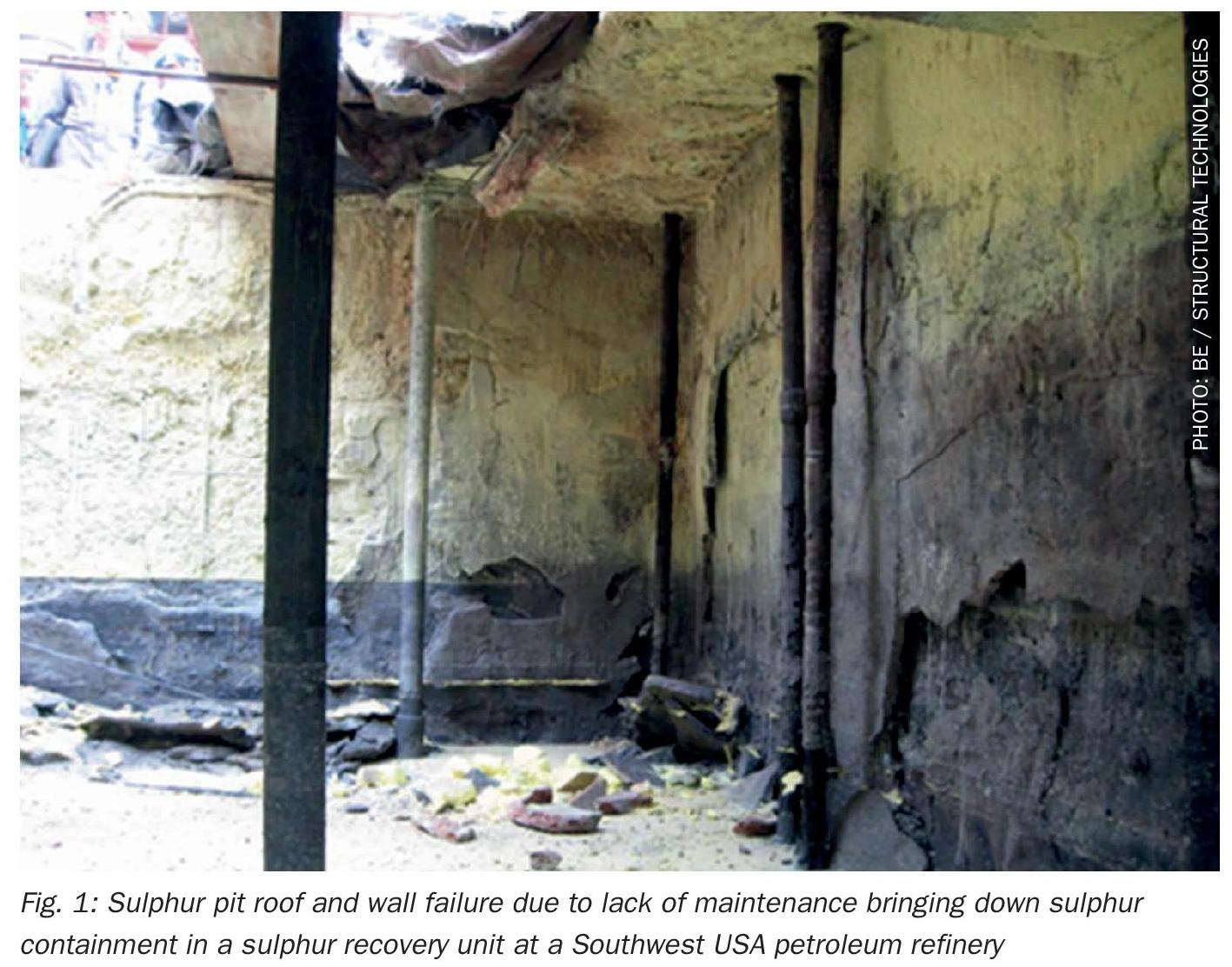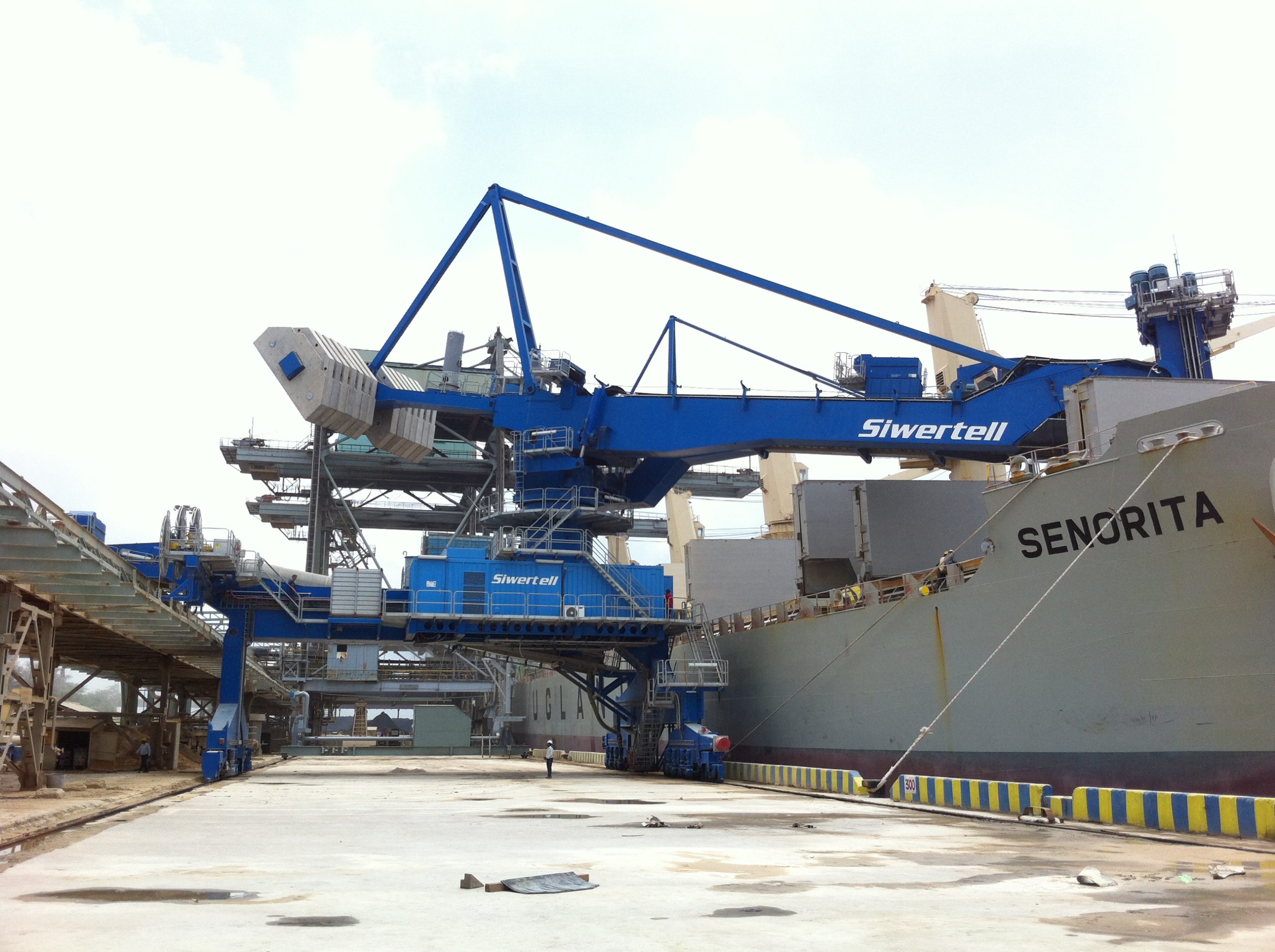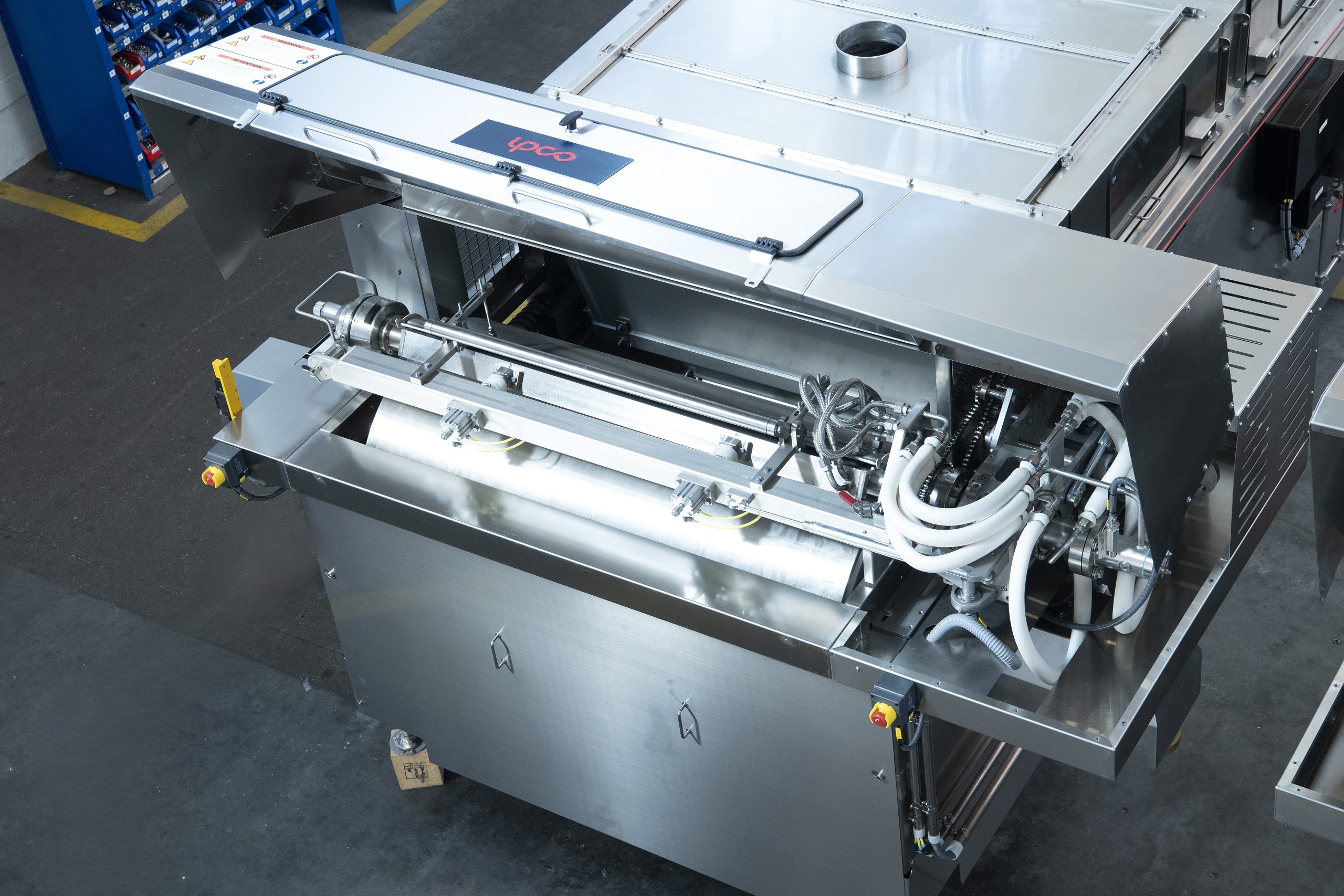Fertilizer International 495 Mar-Apr 2020

31 March 2020
Foam Hydrofilter cleans up
POLLUTION CONTROL TECHNOLOGY
Foam Hydrofilter cleans up
Russia’s urea research & design institute, NIIK, introduces the Foam Hydrofilter – a completely new type of wet scrubber for air pollution control at urea plants. The Hydrofilter offers the same operational efficiency as many conventional scrubbing systems while avoiding many of their drawbacks.


Background
For the fertilizer industry nowadays, the control of air pollution during urea production is a particular challenge because of the significant potential health and environment impacts. The need to pay special attention to this issue and prioritise pollution treatment is therefore well understood. Achieving the lowest possible dust emissions at a urea production plant requires the installation of the most practical and effective wet scrubbing system.
Innovative wet scrubbing technology
The Foam Hydrofilter (see photo) designed and manufactured by NIIK is a completely new type of wet scrubber. Crucially, it avoids many of the drawbacks of conventional systems yet operates at the same efficiency.
The key to the high performance of the Foam Hydrofilter is the special design of its dispersion grating. A flow of gas contaminated with dust/aerosols passes upwards through the dispersion grating and meets irrigated liquid cascading downwards from the top of the scrubber. The gas and the liquid mix to form a ‘foam’ – a turbulent dispersed gas-liquid layer. This foam layer achieves high scrubbing efficiency by ensuring a high rate of wetting or dissolution of dust particles in the irrigation liquid. Before leaving the Foam Hydrofilter, the purified air passes through separators which remove fine droplets of liquid.
Dispersion grating design
The scrubber’s dispersion grating (Figure 1) consists of a series of identical elements. Due to the unique geometry of this grating, jets of contaminated gas emerge from holes in these elements at an angle and intersect with one another. The interpenetration of the jets ensures that gas and liquid are mixed over the entire cross-section of the Foam Hydrofilter and that liquid is evenly distributed across the grating. This results in the formation of a highly turbulent dispersed gas-liquid layer. This ‘foam’ is notable for its extremely large specific contact surface, high rate of renewal and homogeneous structure. For a wet scrubber, these design characteristics are highly desirable as they improve air treatment efficiency by significantly increasing both heat and mass transfer between the contaminated gas and the irrigation liquid.

Competitive advantages
The Foam Hydrofilter offers the following advantages over rival wet scrubbing systems:
- A high rate of filtration (99.9% particle removal/cleaning efficiency).
- The technology is designed to scrub a variety of pollutants from gas streams, including dust, vapour and smoke emissions.
- The system is flexible and can be configured for different capacities.
- Equipment design offers long lasting performance and simplicity.
- Quality requirements for the absorption liquid are low.
- The ability to handle a wide range of load capacities.
- Ease of maintenance and operation – virtually no wear and tear, dirt collection or drop entrainment.
- Comparatively low running costs.
Flexible installation is another notable characteristic of the Foam Hydrofilter system. It can replace the whole of an existing air scrubbing system, for example, or only certain components can be used (e.g. the dispersion grating and separators) as part of a customised scrubbing system. Units can be uniquely configured to suit each individual installation case.
Successful installations
NIIK’s Foam Hydrofilter has been successful tested at the following nitrogen plants:
- EuroChem Azot, Novomoskovsk, Russia
- EuroChem Nevinnomysskiy Azot, Nevinnomyssk, Russia
- Azot, Kemerovo, Russia
- KazAzot, Aktau, Kazakhstan.
NIIK’s innovative scrubbing system achieved a very high cleaning efficiency (over 99.9%) during tests on five Foam Hydrofilters installed at urea unit 2 at Euro-Chem’s Azot urea plant in Novomoskovsk (Table 1).






